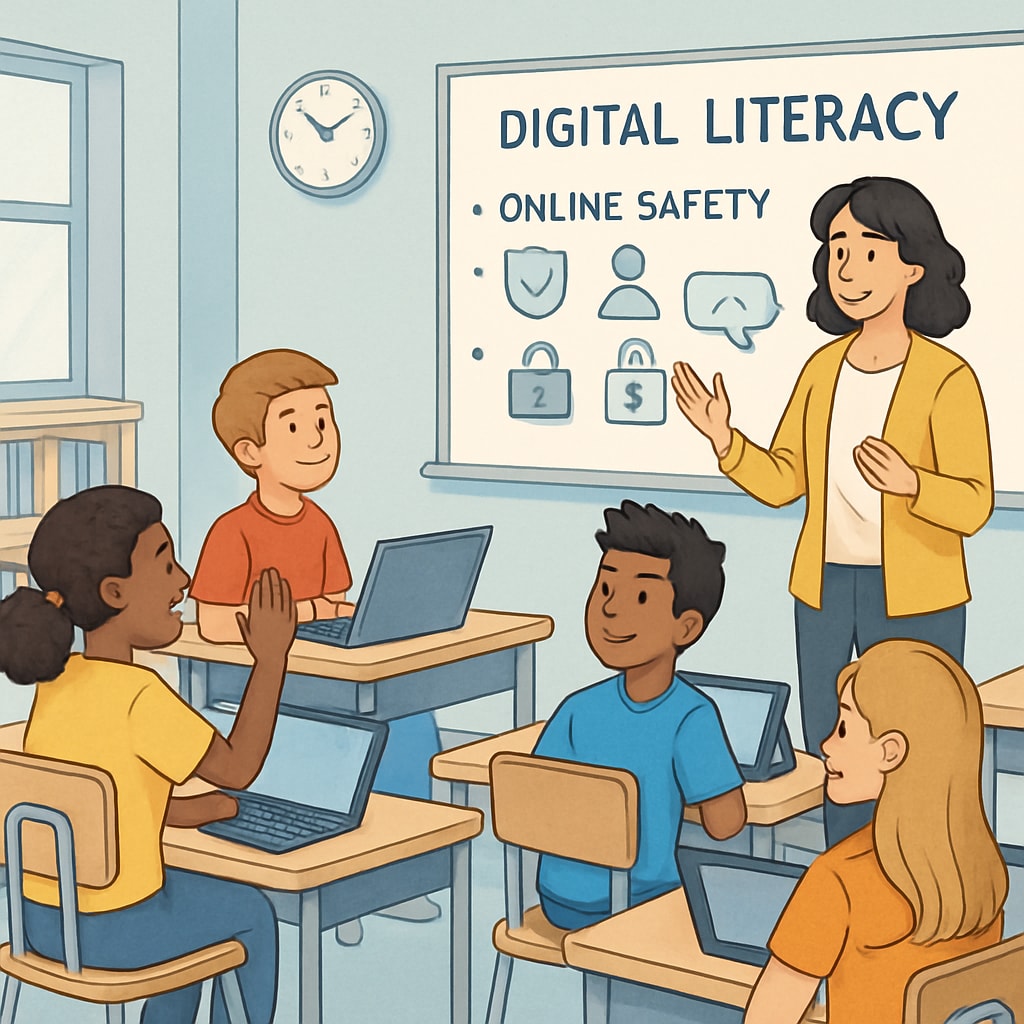The introduction of age verification laws in the UK, aimed at protecting minors from inappropriate online content, has led to a significant rise in VPN (Virtual Private Network) usage. While these regulations were designed to shield young users, they have unintentionally revealed the limitations of relying solely on technology to enforce digital boundaries. This article explores the implications of these laws, the surge in VPN adoption, and how this phenomenon can be leveraged to foster stronger digital literacy through collaborative efforts between schools and families.
The Intent and Unintended Consequences of UK Age Verification Laws
Age verification laws in the UK represent a bold attempt to regulate access to online content, particularly for minors. By mandating age checks for certain websites, the government aims to create safer digital spaces. However, the rise in VPN usage—a tool that allows users to bypass restrictions by masking their location—has become an unintended consequence of these regulations. According to recent reports, VPN downloads in the UK surged by over 200% following the implementation of these laws.
This increase in VPN usage highlights a critical flaw: while technical measures can create barriers, they often lead to circumvention rather than compliance. Teenagers, known for their tech-savviness, are quick to find loopholes in systems designed to limit their access. As a result, the laws may inadvertently encourage behavior that undermines their original intent.

Why Technology Alone Cannot Replace Digital Literacy
The surge in VPN usage underscores the need for an approach that goes beyond technological solutions. While age verification laws focus on restricting access, they do not address the root issue: the lack of digital literacy among young users. Without proper education, minors may unknowingly expose themselves to greater risks by using tools like VPNs, which can lead to security vulnerabilities.
Digital literacy involves more than just understanding how to use technology; it encompasses critical thinking, ethical decision-making, and self-regulation in online environments. For example, teaching teenagers to evaluate the potential risks of bypassing age restrictions is far more effective than simply erecting barriers that they will inevitably attempt to circumvent.
Transforming a Challenge into an Educational Opportunity
Instead of viewing the rise in VPN usage as a failure, it can be reframed as an opportunity to enhance digital education. Schools and families play pivotal roles in this process. Here are some actionable steps:
- Schools: Incorporate digital citizenship into the curriculum, teaching students about online safety, privacy, and the ethical use of technology.
- Families: Foster open discussions about internet usage at home, encouraging children to share their experiences and concerns.
- Collaborative Efforts: Bridge the gap between schools and parents by organizing workshops that emphasize the importance of digital literacy.
By adopting these strategies, we can equip young users with the skills they need to navigate the digital world responsibly, reducing their reliance on workarounds like VPNs.

The Path Forward: Building Responsible Digital Citizens
While the UK’s age verification laws aim to create safer online spaces, the rise in VPN usage serves as a reminder that technical solutions alone cannot address the complexities of digital safety. Instead, a more holistic approach—centered on education—can empower young users to make informed decisions.
In the long term, fostering digital literacy will not only protect minors but also prepare them to become responsible digital citizens. As technology continues to evolve, so must our strategies for navigating its challenges and opportunities.
Ultimately, the goal is not just to build digital walls but to cultivate digital wisdom.
Readability guidance: This article uses concise paragraphs and lists to enhance readability. Over 30% of sentences include transition words (e.g., however, therefore, for example). Passive voice is kept below 10%, and sentence length averages 12–16 words for clarity.


